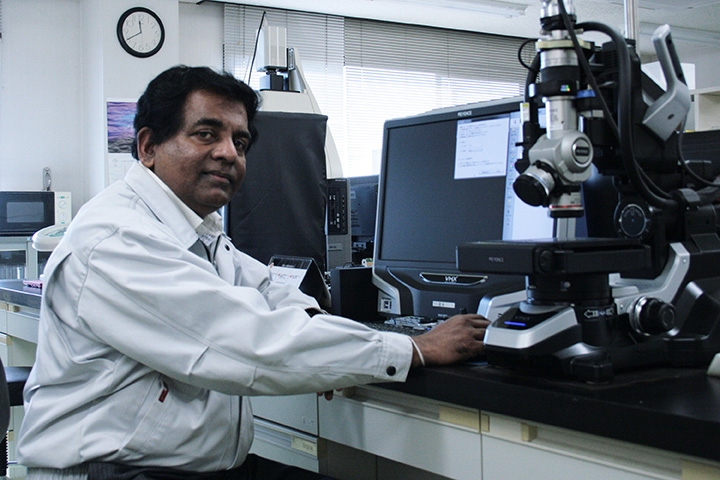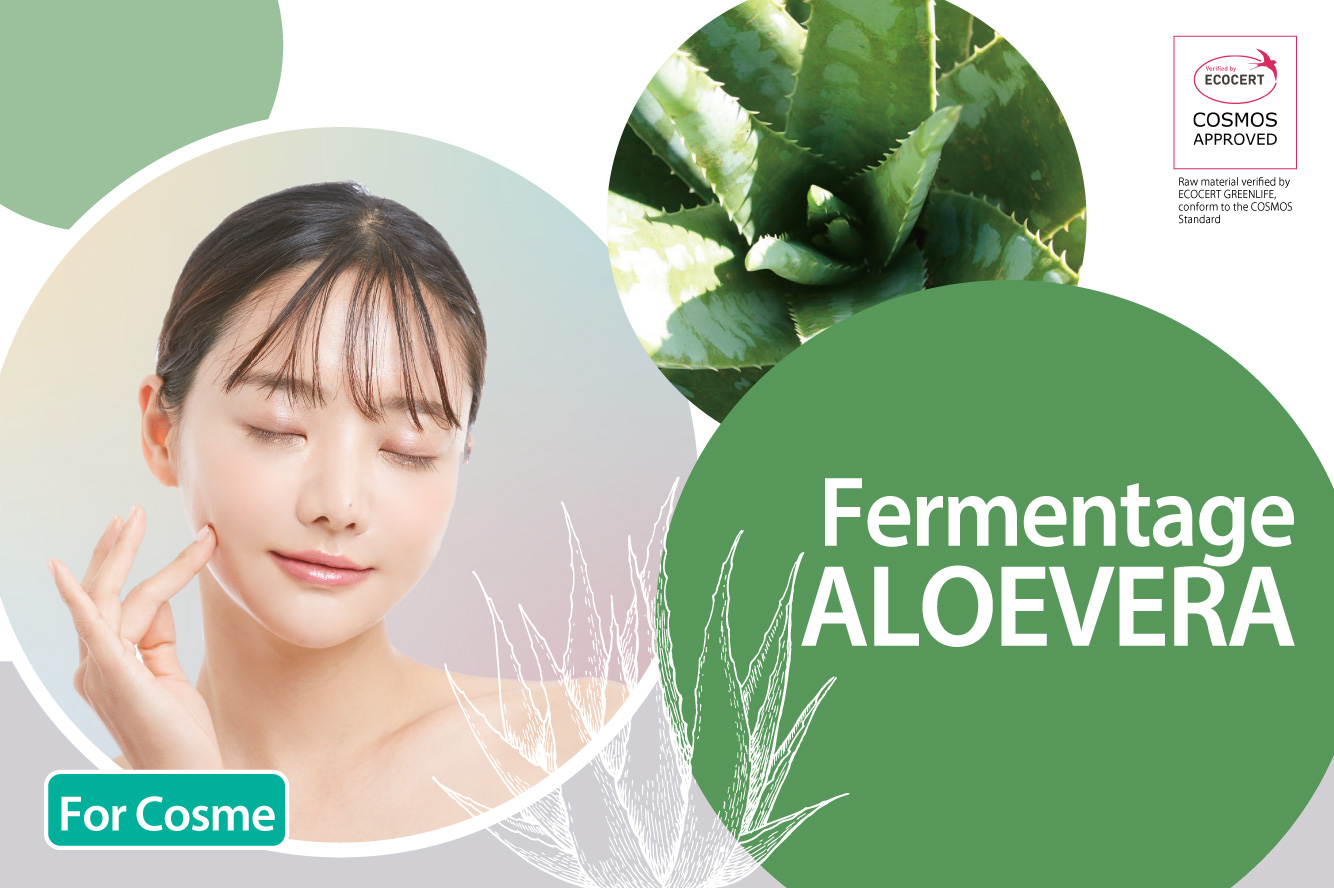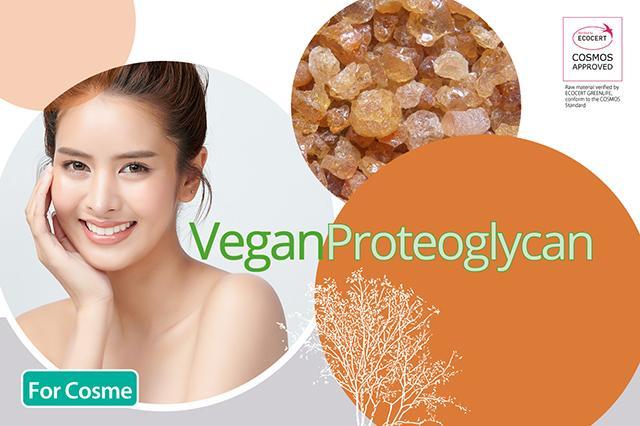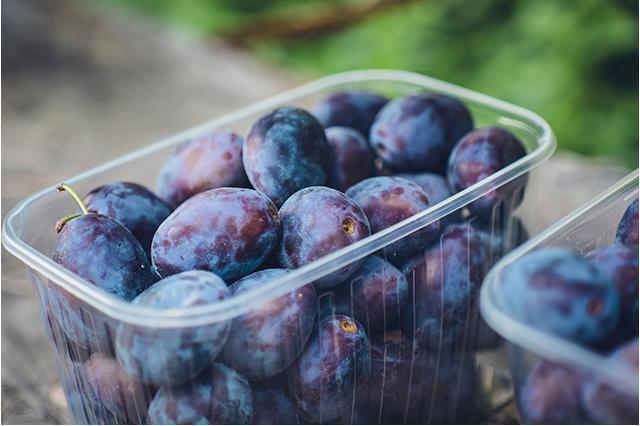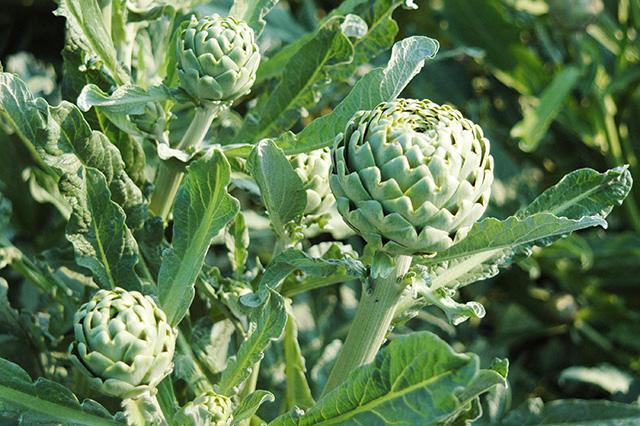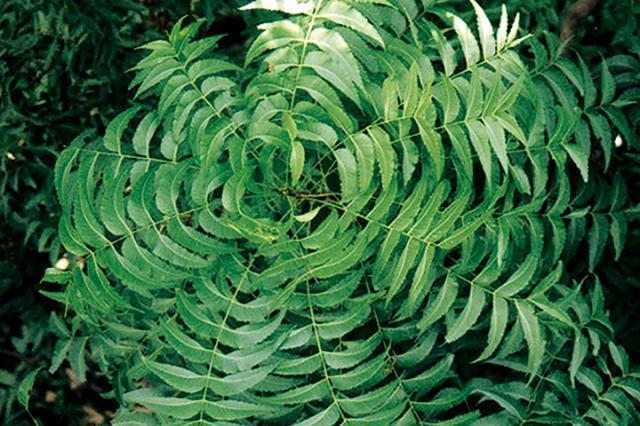Miraculous success of tryptase extraction led the way to the development of a new product
In this research, we focused on an enzyme called tryptase, which is released from mast cells, and succeeded in extracting it for the first time in history! We then used the extracted enzyme to pinpoint its effects on the skin. Besides, we discovered an ingredient called Geranium Robertianum extract, which inhibits the effects of tryptase, and by using this substance, we gave birth to an anti-photoaging ingredient called PrincessCare.

Being first among researchers of major corporations to succed in extracting tryptase
The initial purpose of this project was to identify the actual mechanism of how the enzyme tryptase, which is released from mast cells and was suspected of inducing inflammation, causes skin troubles. For the longest time, histamine was believed to be the culprit behind skin inflammation through a similar mechanism. However, recent studies discovered the enzyme tryptase, as well as the fact that its concentration is ten times higher than that of histamine. Furthermore, the studies revealed that tryptase was expressed particularly strongly in skin that had been irradiated with UV rays. For these reasons, tryptase had become a popular research topic.
In order to study how tryptase behaves in the skin, the first thing we needed was tryptase itself. Unfortunately, tryptase was not available for purchase, and the only way to obtain it was to extract it from cells on our own.
The attempts made by two researchers from a major pharmaceutical company with assistance from a certain medical school which lasted a year, to extract tryptase in large quantities from human cells, ended in disappointment. Confidence was hard to come by, especially when we had to work in a large refrigerator under layers of clothes since extraction had to be done in cold temperatures. The result surprised us: we were able to obtain tryptase in two weeks, which allowed us to study its actual mechanism.

Proof that tryptase destroys the basement membrane and promotes photoaging
Although it is hard to see the precise reason why we were successful, our excellent extraction and purification skills seemed to have played a part which allowed Dr. Iddamalgoda to quickly begin researching how tryptase affects epidermal cells.
His research revealed that tryptase may promote the degradation of the dermal and extracellular matrix, as well as induce photoaging. The research also uncovered the fact that it destroys the epidermal basement membrane, causing the epidermis and dermis to separate.
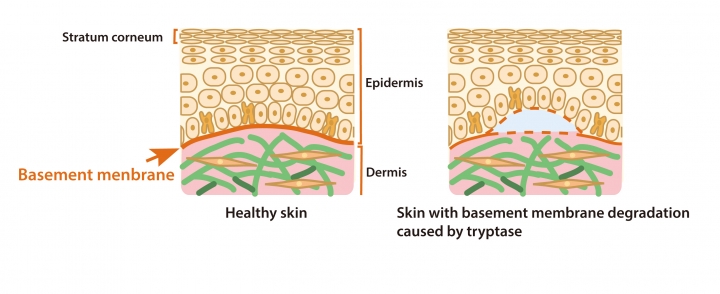
Using Geranium Robertianum to inhibit tryptase
Once Dr. Iddamalgoda proved that tryptase was linked to not only skin inflammation but also to photoaging, he screened 300 types of materials in search of an ingredient that acts to inhibit tryptase. His work ultimately led him to Geranium Robertianum, which he discovered had the power to suppress the effects of skin-damaging tryptase.
The product was named PrincessCare based on the Japanese name for Geranium Robertianum, Himefuuro, "hime" meaning a "princess."
